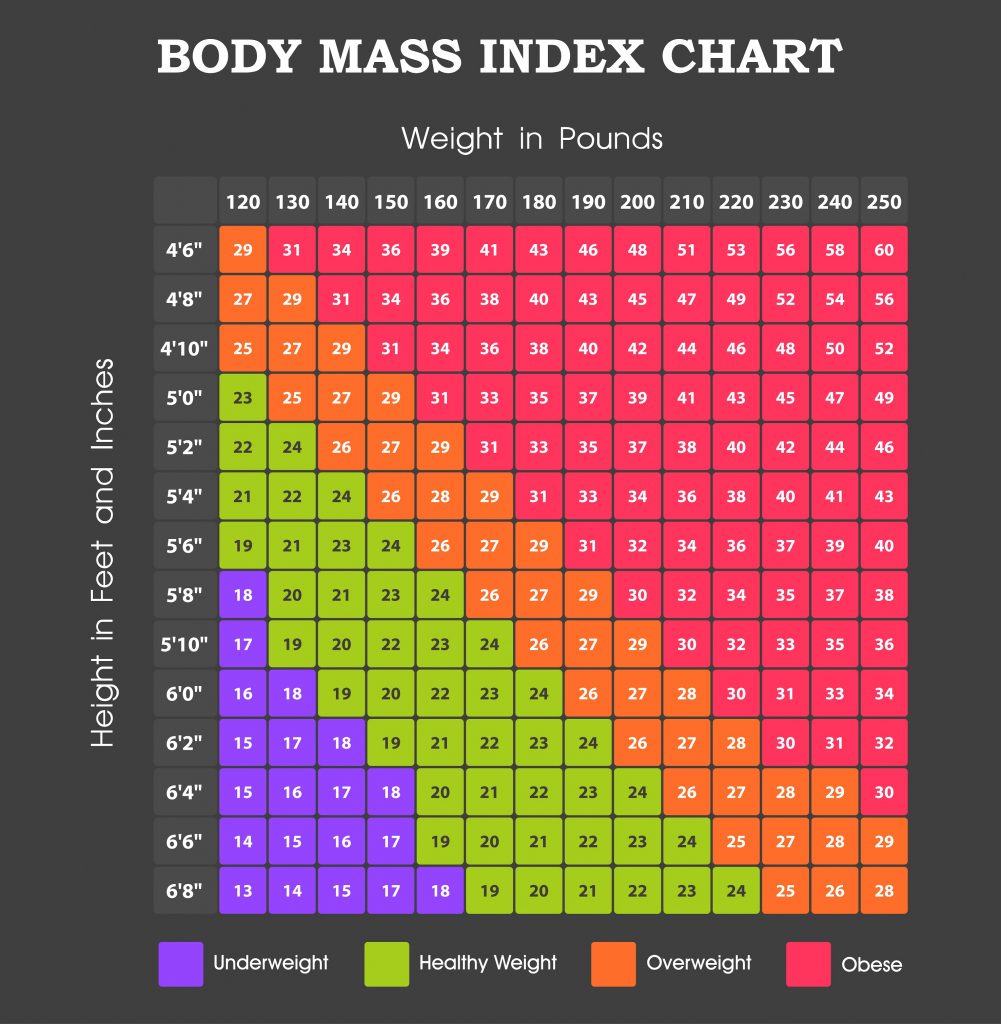The BMI calculator is one of those solutions that allow you to answer the question whether our weight is suitable, whether its fluctuations should fill us with anxiety, and whether the time has come when its systematic growth should prompt us to consult a doctor. But how do you interpret his indications?
How Body Mass Index was created - a bit of theory
Body mass index - also known as BMI - is a factor that is obtained by dividing body mass given in kilograms by the squared height given in meters. It is worth emphasizing that the body mass index was developed only for the adults. Its analysis for children is not only erroneous, but can also lead to inappropriate nutritional and physical decisions, so it is recommended to avoid such practices.
BMI determination is not done just to satisfy our curiosity. It is also used when it is necessary to assess the risk of those diseases that are associated with overweight and obesity. It is assumed that the higher the BMI value, the greater the risk of diseases such as diabetes, atherosclerosis and ischemic heart disease.
BMI calculator, or calculations at your fingertips
Calculating the BMI yourself is not complicated but requires access to a pencil and a sheet of paper, as well as some time. Fortunately, people who want to know if their weight is a cause for concern, do not need to make almost any effort – online BMI calculators are becoming more and more popular. All we have to do is give our height in meters and weight in kilograms, and the BMI calculator will do the rest of the work for us. The obtained result will be the BMI indicator appropriate for us.
BMI calculator - how to interpret the calculation results
The result of calculations made using the BMI calculator alone does not tell us much - how do we know if the indicator at 24.1 is a cause for concern? Fortunately, we can get acquainted with the so-called BMI value ranges, which not only facilitate the interpretation of results but also suggest what actions to take when we want to take care of our appearance and health.
The basic classification assumes that an index below 18.5 points to underweight, results in the range from 18.5 to 24.99 are normal, and a BMI of 25 and above suggests being overweight. It is even simpler to interpret the results of calculations using the so-called extended classification. This assumes that BMI below 16 means starvation, values from 16 to 16.99 - emaciation, range from 17 to 18.49 - underweight, from 18.5 to 24.99 - normal value, and from 25 to 29, 99 - overweight. The BMI should be worrying about the level of 30 to 34.99 - it means first-degree obesity. The BMI indicator between 35 and 39.99 - in this situation we are talking about second-degree obesity also known as clinical obesity.

BMI calculator - remember that's not the ultimate way!
The BMI indicator is very easy to calculate and there are no contraindications to starting caring for your appearance and health just by calculating the BMI calculator. When interpreting the result of calculations, it is worth bearing in mind that we are dealing with a measurement that is quite inaccurate.
It comes to the fore that BMI does not take into account the ratio between muscle mass and fat. As a result, bodybuilders often learn from it that they are at risk of obesity, although they have almost no body fat, and slim and athletic athletes have an indicator characteristic of malnourished people. When looking for links between BMI and diseases such as diabetes and atherosclerosis, it should also be borne in mind that overweight is never the only factor that has an impact on the development of these diseases. Moreover, in many cases, it is also not the deciding factor.









